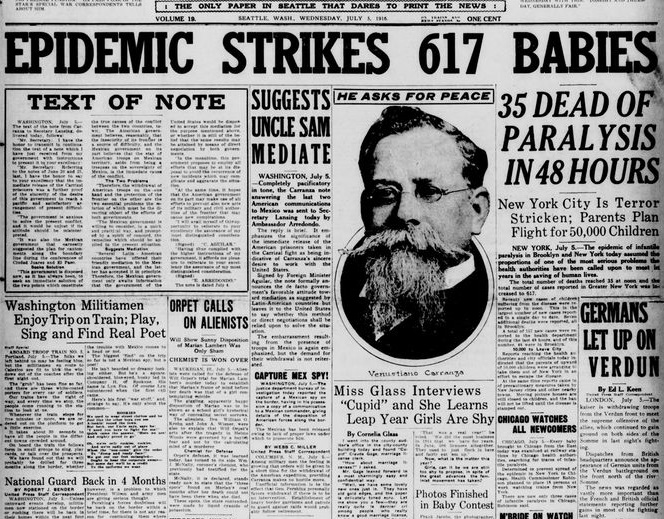The Polio Epidemic of 1916 demonstrates a shift in American society’s view of children and the value placed on their life. The public health measures that were put in place to control the spread of the disease and treat children affected had social and cultural impacts on childhood. However, it is important to note that not all children were treated the same. This project has also opened up several possible future avenues of research. First, another project might explore how childhood preciousness impacted the discourses and policy around other diseases such as cancer, affluenza, and even Covid-19. One could even create a broader history of using images of children to draw funding for medical research. Future research could also be conducted to explore childhood medical inequalities related to other diseases. In particular, future research could focus on whether the preciousness of children has led to the increased medical care available to those of disadvantaged groups in some situations or whether preexisting prejudices and biases lead to the preciousness of some children being voided. Finally, future research could be conducted on how the design of hospitals may have changed, tracking when the addition of playrooms and other child-centered spaces occurred.
